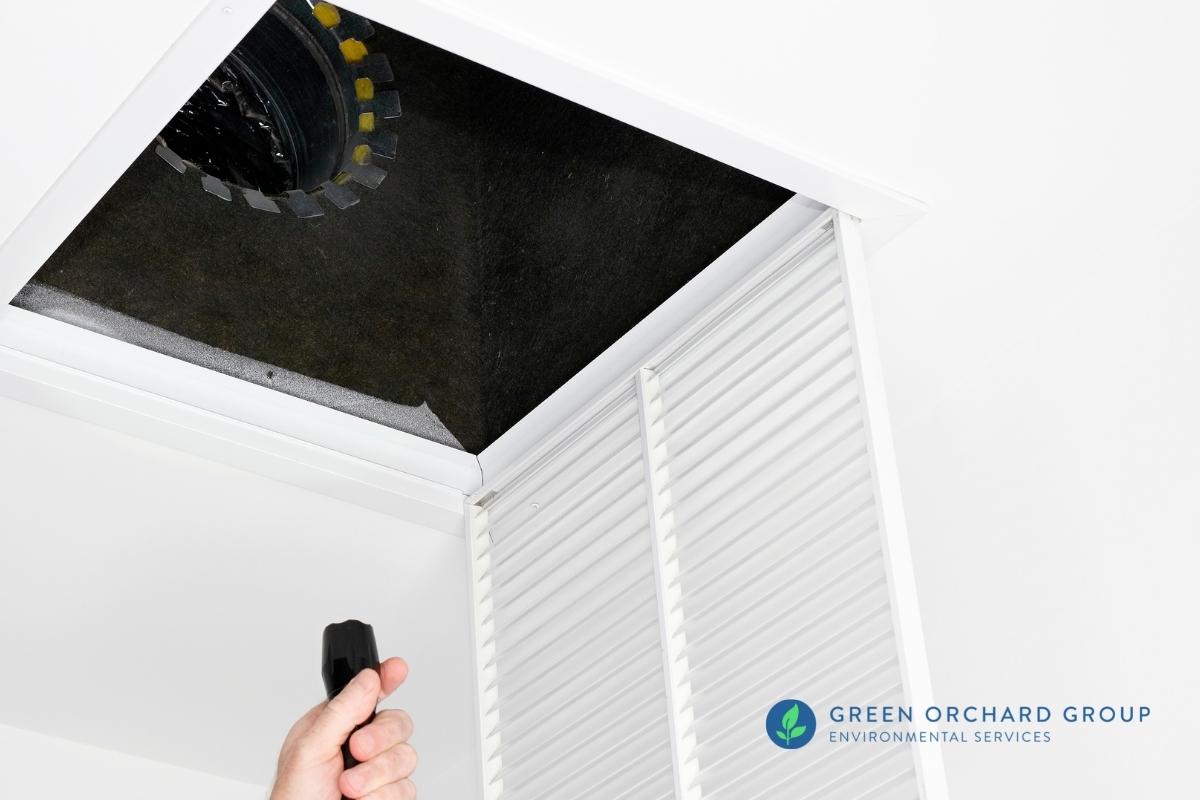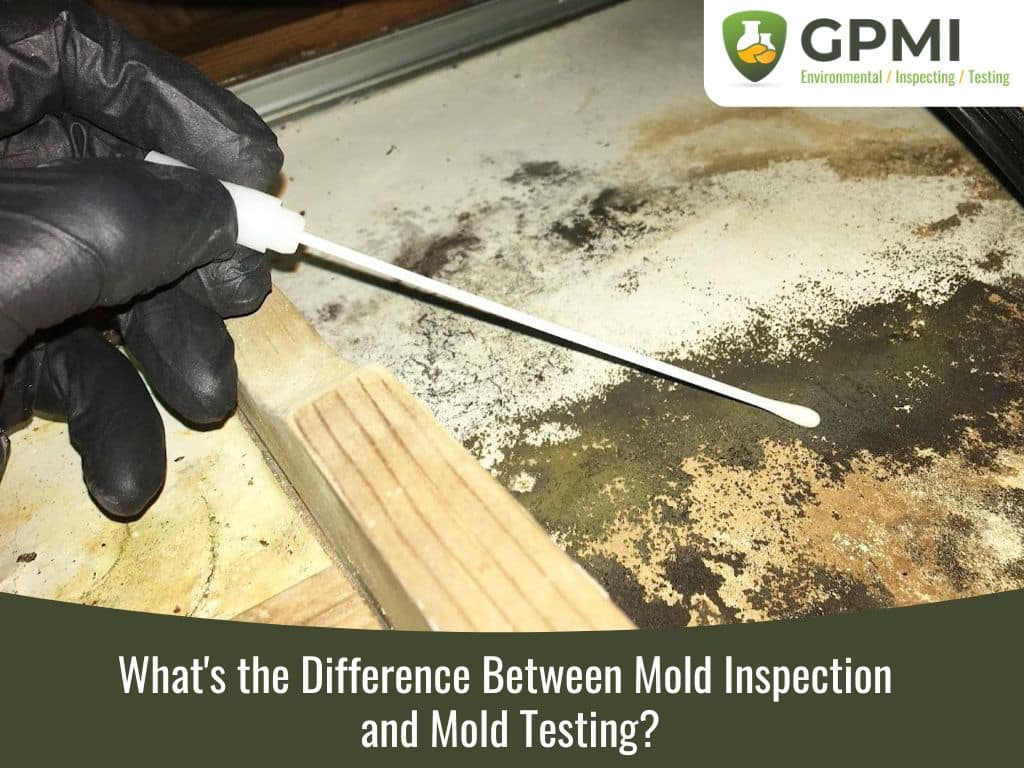Crucial Steps After Mold Remediation
Wiki Article
Your Ultimate Overview to Message Mold And Mildew Removal Methods
In the results of mold and mildew problem, knowing exactly how to efficiently remove the mold and stop its reoccurrence is critical for preserving a healthy and balanced indoor environment. From choosing the best cleansing and disinfecting approaches to implementing methods for long-term mold and mildew prevention, each action in the remediation journey plays an important function in ensuring an effective result.Understanding Post-Mold Removal Process
After finishing the mold removal process, it is crucial to recognize the post-mold removal strategies that are essential to make sure a reliable and comprehensive cleaning. Once the mold and mildew has been removed, the next step includes cleaning and disinfecting the impacted areas to avoid any type of regrowth of mold. This consists of using specialized cleansing agents to wipe down surfaces and kill any staying mold spores. It is important to dry the location totally to dissuade the development of mold in the future (Post Mold remediation cleaning). Appropriate air flow and dehumidification can assist in this process.
Furthermore, conducting a last inspection post-remediation is vital to make certain that all mold and mildew has been successfully eliminated. This assessment should entail an extensive visual check as well as potentially air sampling to confirm the lack of mold spores airborne. If the examination discloses any remaining mold and mildew, added removal might be needed. Enlightening owners on preventive actions such as controlling moisture levels and immediately attending to any type of water leakages can aid maintain a mold-free atmosphere.
Reliable Cleaning and Decontaminating Techniques

Protecting Against Future Mold And Mildew Development

Importance of Appropriate Ventilation
Proper ventilation plays an important duty in preventing dampness buildup, a crucial consider mold and mildew development within indoor settings. Efficient ventilation systems aid eliminate excess humidity from the air, decreasing the opportunities of mold and mildew spores discovering the moisture they require to sprout and spread. Without appropriate air flow, indoor areas can become a breeding place for mold, causing potential health and wellness risks and architectural damages.By guaranteeing correct air circulation, ventilation systems can likewise help in drying out wet areas quicker after water damage or flooding cases, even more hindering mold growth. Post Mold remediation cleaning. Precede like restrooms, cellars, attic rooms, and kitchen areas where moisture levels have a tendency to be greater, setting up and preserving effective air flow systems is crucial in protecting against mold infestations

Tracking and Maintenance Tips
Given the essential duty that appropriate ventilation plays in protecting against mold growth, it is imperative to establish reliable surveillance and maintenance tips to guarantee the continued capability of air flow systems. Normal evaluations of air flow systems must be carried out to look for any kind of indications of clogs, leaks, or breakdowns that might impede correct air movement. Monitoring moisture levels within the building is likewise critical, as high humidity can contribute to mold and mildew growth. Installing a hygrometer can help track humidity degrees and sharp property owners to any kind of spikes that may need attention. Furthermore, making sure that air filters are routinely cleaned up or changed is necessary for keeping the efficiency of the air flow system. Implementing a timetable for routine upkeep jobs, such as air duct cleaning and cooling and heating system examinations, can help stop problems before they intensify. By staying conscientious and proactive to the problem of air flow systems, homeowner can properly mitigate the risk of mold and mildew regrowth and maintain a healthy indoor atmosphere.
Conclusion
In final thought, post-mold removal methods are vital for making sure a tidy and safe atmosphere. Comprehending the procedure, executing efficient cleansing and sanitizing techniques, protecting against future mold and mildew development, keeping proper ventilation, and routine surveillance are all critical action in the removal procedure. By following these standards, you can successfully get rid of mold and mildew and avoid its return, promoting a healthy and balanced living or working area for all owners.In the consequences of mold and mildew problem, understanding exactly how to successfully remove the mold and mildew and avoid its reoccurrence is critical for preserving a healthy and balanced indoor environment. When the mold and mildew has been gotten rid of, the following action includes cleansing and disinfecting the impacted areas to prevent any regrowth of mold and mildew - Post Remediation verification. After getting rid of visible mold growth, it is important to clean up all surfaces in the affected area to get rid of any kind of remaining mold and mildew spores. To additionally enhance mold avoidance actions, it is essential to resolve underlying problems that initially led to mold growth.Offered the essential duty that appropriate ventilation plays in protecting against mold and mildew development, it is imperative to establish reliable surveillance and maintenance tips to make certain the continued capability of ventilation systems
Report this wiki page